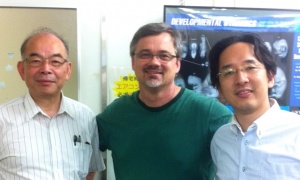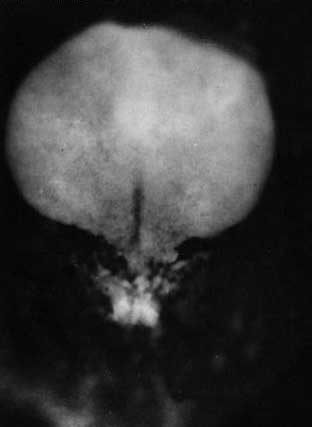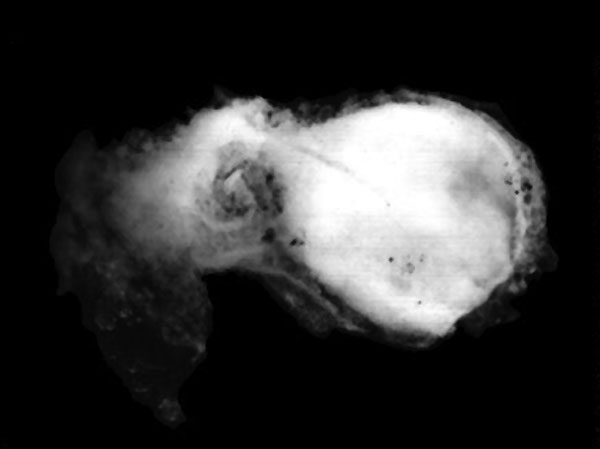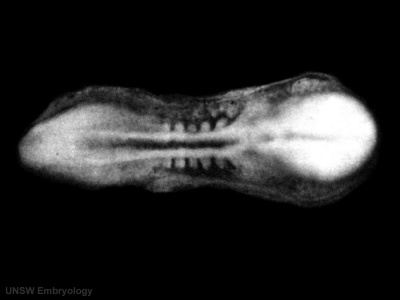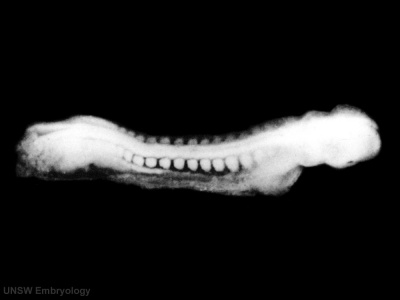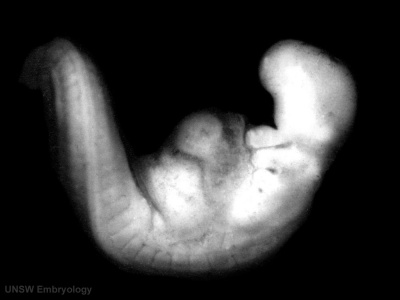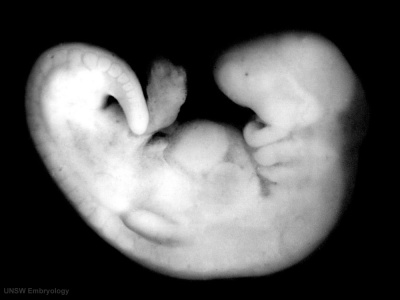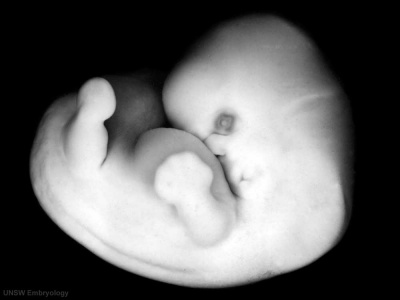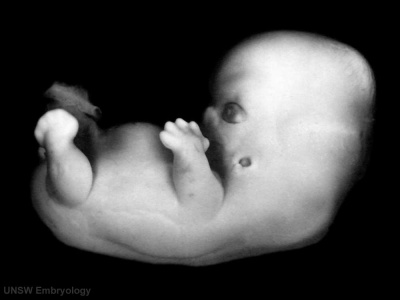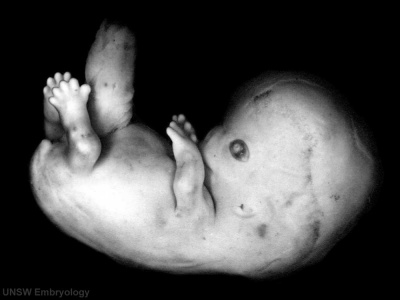Kyoto Collection: Difference between revisions
mNo edit summary |
mNo edit summary |
||
| Line 6: | Line 6: | ||
* Congenital Anomaly Research Center, Kyoto University Graduate School of Medicine, Japan. | * Congenital Anomaly Research Center, Kyoto University Graduate School of Medicine, Japan. | ||
* Begun by Dr. Hideo Nishimura in 1961 and has over 44,000 human | * Begun by Dr. Hideo Nishimura in 1961 and has over 44,000 human specimens. | ||
* Developed and curated by Prof. Kohei Shiota. | * Developed and curated by Prof. Kohei Shiota. | ||
* Currently curated by Prof. Shigehito Yamada. | * Currently curated by Prof. Shigehito Yamada. | ||
Revision as of 06:53, 22 November 2014
| Embryology - 7 May 2024 |
|---|
| Google Translate - select your language from the list shown below (this will open a new external page) |
|
العربية | català | 中文 | 中國傳統的 | français | Deutsche | עִברִית | हिंदी | bahasa Indonesia | italiano | 日本語 | 한국어 | မြန်မာ | Pilipino | Polskie | português | ਪੰਜਾਬੀ ਦੇ | Română | русский | Español | Swahili | Svensk | ไทย | Türkçe | اردو | ייִדיש | Tiếng Việt These external translations are automated and may not be accurate. (More? About Translations) |
Introduction
(Kyoto University, Japan)
- Congenital Anomaly Research Center, Kyoto University Graduate School of Medicine, Japan.
- Begun by Dr. Hideo Nishimura in 1961 and has over 44,000 human specimens.
- Developed and curated by Prof. Kohei Shiota.
- Currently curated by Prof. Shigehito Yamada.
Sample Publications
- Polydactyly in human embryos[1]
- 129 embryos with polydactyly in 36,380 human conceptuses obtained through induced abortion during the period from 1962 to 1974.
- Human embryo imaging with a super-parallel magnetic resonance (MR) microscope[2]
Sample Embryos
Image source: The Kyoto Collection images are reproduced with the permission of Prof. Kohei Shiota and Prof. Shigehito Yamada, Anatomy and Developmental Biology, Kyoto University Graduate School of Medicine, Kyoto, Japan for educational purposes only and cannot be reproduced electronically or in writing without permission.
Stage 7
- Link: Carnegie stage 7
Stage 8
- Link: Carnegie stage 8
Stage 9
- Link: Carnegie stage 9
Stage 10
- Link: Carnegie stage 10
Stage 11
Stage 12
- Link: Carnegie stage 12
Stage 13
- Link: Carnegie stage 13
Stage 14
- Link: Carnegie stage 14
Stage 15
- Link: Carnegie stage 15
Stage 16
- Link: Carnegie stage 16
Stage 17
- Link: Carnegie stage 17
Stage 18
- Link: Carnegie stage 18
Stage 19
- Link: Carnegie stage 19
Stage 20
- Link: Carnegie stage 20
Stage 21
- Link: Carnegie stage 21
Stage 22
- Link: Carnegie stage 22
Stage 23
- Link: Carnegie stage 23
- Carnegie Stages: 1 | 2 | 3 | 4 | 5 | 6 | 7 | 8 | 9 | 10 | 11 | 12 | 13 | 14 | 15 | 16 | 17 | 18 | 19 | 20 | 21 | 22 | 23 | About Stages | Timeline
References
Glossary Links
- Glossary: A | B | C | D | E | F | G | H | I | J | K | L | M | N | O | P | Q | R | S | T | U | V | W | X | Y | Z | Numbers | Symbols | Term Link
Cite this page: Hill, M.A. (2024, May 7) Embryology Kyoto Collection. Retrieved from https://embryology.med.unsw.edu.au/embryology/index.php/Kyoto_Collection
- © Dr Mark Hill 2024, UNSW Embryology ISBN: 978 0 7334 2609 4 - UNSW CRICOS Provider Code No. 00098G

